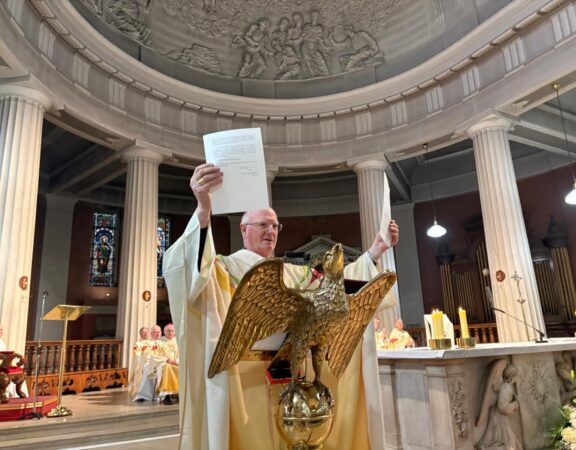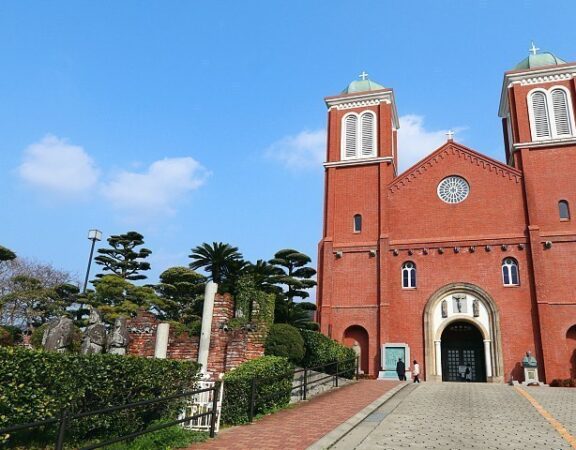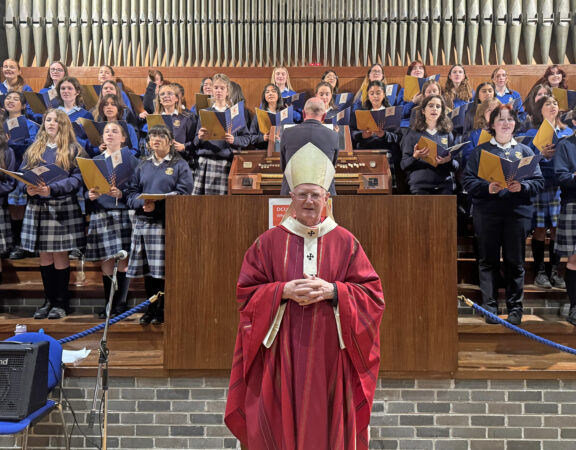WORLD DAY OF THE SICK 2018
Homily notes of Most Rev. Diarmuid Martin
Archbishop of Dublin
————————-
Church of Saint Agnes Crumlin, 11 February 2018
Introduction
Each year on the Sunday nearest to the Feast of Our Lady of Lourdes, we gather as a diocesan community to celebrate the World Day of the Sick. From its earliest days, as we will hear in our Second reading, the Church has followed in the path of Jesus himself to be a place where the sick are welcomed, surrounded and comforted by the prayers and the support of all.
We welcome all our brothers and sisters who are sick here among us today. We gather to pray for the sick, but also to pray with the sick and indeed to be embraced by the witness of faith of the sick. Our Lady of Lourdes in particular is with us in our prayer on this her Feast.
Homily
The Jesus we have encountered in today’s Gospel teaches us something of how we are called to live out his message in today’s society.
It shows us a Jesus who lived within the cultural realities of his time and was respectful of them. He told the leper who was cleaned scrupulously to observe all the rituals required by the law. But our reading also shows us a Jesus who was free, and who wished to bring the men and women he encountered beyond the day-to-day cultural norms of his time and the security that these norms seemed to bring with them.
Jesus fulfils the norms but he also does things that shock the good synagogue-going believers of his time. He has no difficulty in encountering a person, who it was considered someone to be avoided as unclean, but who Jesus sees simply as a person needing healing. Jesus goes out to meet us today just as we are. He does not categorize people or consider certain lives as more worthy of care than others. Every human life from the moment of conception to the moment of natural death has equal right to life and care.
The norms that stressed that the leper should be ostracized were not simply there because it was feared that his disease was contagious. They were not just prudent norms of public health. We do not know exactly if the disease from which the man suffered was even leprosy as we know it today. The fact that there were norms of what to do when someone had been cured of the disease would tend to indicate the opposite, as leprosy at that time was certainly incurable.
The person who encounters Jesus was ostracized in the first place, not because he was a public health risk, but because distorted religious views had turned him into a social outcast, considered a sinner by those who set themselves up as models of true religion.
The same can happen today. We can interpret religious norms in such a way that they can block us from witnessing to the care of Jesus. We can interpret religious norms in a way that makes us judgmental and harsh and unforgiving, all the while thinking that we represent the message of Jesus.
When Jesus was asked by the leper to speak with him, he goes directly towards him. He does not enter into discussions of what disease the man may have; Jesus simply touches him; he comes close to the man just as he is. Curiously, this very fact of touching the man would have meant that Jesus too had become unclean and should be shunned by others.
The encounter with Jesus brings healing and it brings healing, the Gospel reminds us, instantly. Jesus, however, tells the man to go through with the prescribed rituals. The man was not simply to be cured; it was important that the social outcast be returned to be a full member of the community and fully to realize his dignity within that community. We have to deepen through prayerful reflection our understanding of the teaching of Jesus so that we can better grasp that this teaching is not one that creates outcasts, but welcomes and reconciles.
The community of believers in Jesus Christ can never be one that is closed within itself. It is a community that believes in the contribution that faith in Jesus can bring to our world. It is a community that challenges itself and the society around it to genuine mercy and care. The message of Jesus is a message that today can still heal the wounds of society. His Church must be a community happy to share the joy of the Gospel.
Despite Jesus specific instruction not to speak about what happened, the man who was cured immediately went back to his community sharing the joy of having been healed by Jesus. The officials of the establishment to whom he turned for ritual recognition of his cleansing seem not to have been touched by what had happened.
The temptation remains for all of us – especially those of us in leadership in the Church – to become fossilized in our religious identity and devotion and practices, rather than allowing our faith to unnerve us, to free us from inhibitions and to witness with courage to the joy which our belief brings us.
Catholics can become timid about speaking of their belief. When that happens, our timidity means that we banish Jesus, to paraphrase the final part of our Gospel reading, “outside in places where nobody lives”.
The message of Jesus belongs precisely where people live, especially where people live in anguish and emptiness. We invoke now the healing power of Jesus on the sick among us, remembering in our prayers all those who suffer sickness or anguish or addiction or pain or isolation and loneliness. The healing power of Jesus be among us.







